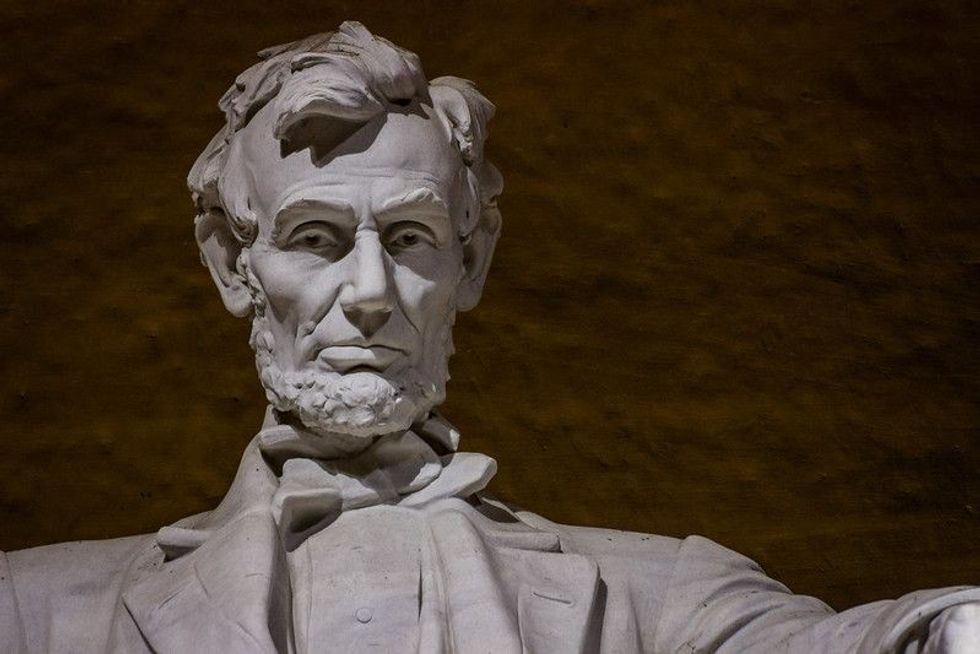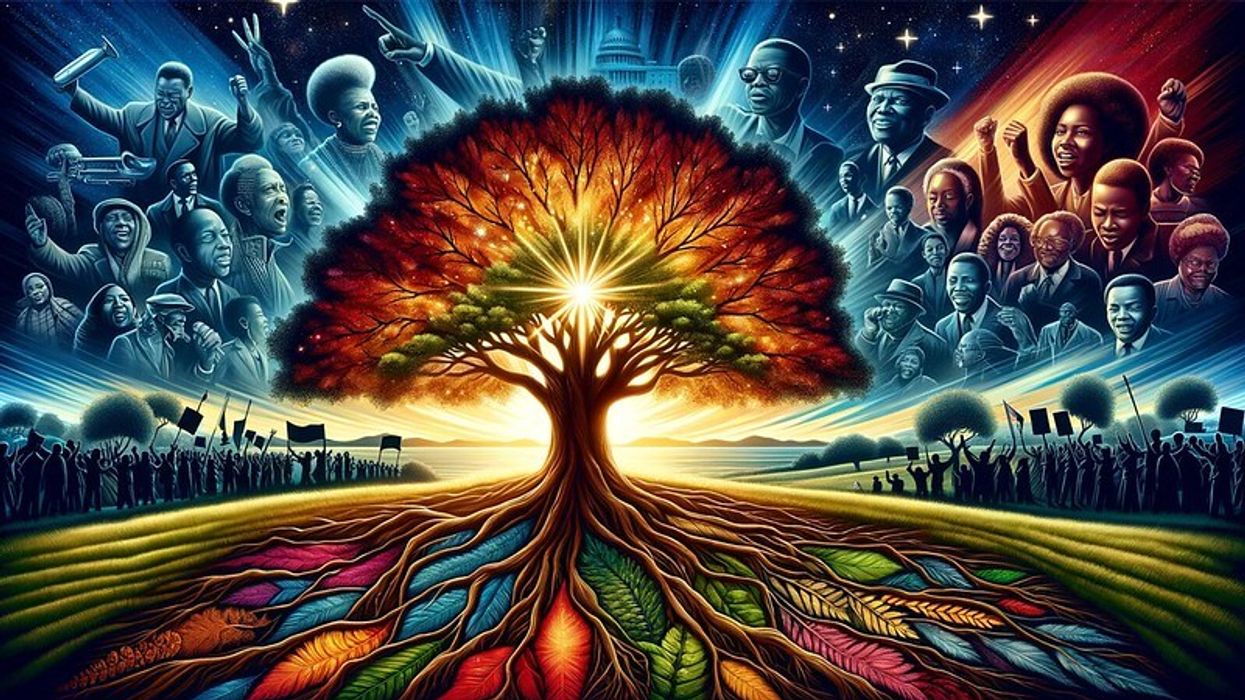The Reconstruction era was a time after the American Civil War.
This crucial period in American history lasted until the Compromise of 1877. After the Civil War, there were trials to rebuild the country during Reconstruction.
There were attempts to bring back former Confederate states into the US. Reconstruction also aimed to change the social, political, and economic legacies of slavery and former slaves.
The main aim of Reconstruction was to bring back the South as part of the Union. Federal troops stayed in the South to ensure laws were followed and there were no riots.
Timeline Of The Reconstruction Era
On January 1, 1863, Abraham Lincoln signed the Emancipation Proclamation. This said that all of the slave population in the nation would be free.
In July 1863, a riot happened in New York City when poor white Northerners protested having to fight to abolish slavery. This riot was the biggest and bloodiest in American history. In just four days, the riot turned ugly, with many casualties.
Abraham Lincoln, on December 8, 1863, declared the Proclamation of Amnesty and Reconstruction. This allowed pardon and restoration of property to Confederates who accepted Emancipation.
President Lincoln started Reconstruction in the Union-occupied former Confederate state of Louisiana in 1864. Congress passed laws like the Wade-Davis Bill in July 1864.
Union Army had around 180,000 blacks by 1865. General William Tecumseh Sherman issued Special Field Order 15 on January 16, taking the Union Army through the south with many freed slaves. Congress approved the Thirteenth Amendment on January 31, which abolished slavery throughout the Union.
The Civil War finished when Robert E. Lee, Confederate general, surrendered to Ulysses S. Grant. President Lincoln got assassinated, and Andrew Johnson became president.
He stated his plans for Presidential Reconstruction. Former Confederates were elected to public office in the southern states. Southern cities and towns now had many freedmen after the Union Army was demobilized.
President Johnson vetoed Freedmen's Bureau Bill in 1866. The Civil Rights Bill passed both houses of Congress with majorities. Congress overrode the veto made by the president.
Racial violence started in Memphis, Tennessee, in May, and many black people lost their lives and homes. Congress sent the Fourteenth Amendment in June. Freedmen's Bureau Bill was passed again.
Major events took place as Tennessee became the first former Confederate state readmitted to the Union. Another riot started in New Orleans. There were only 38,000 Union troops by the end of 1866.
The first election with black candidates happened in North Carolina in 1867. Congress also passed additional reconstruction laws. President Johnson Johnson asked Grant to take over the War Department for the time being.
In 1868, he resigned from his post. Johnson was the first president to be trialed by Congress. However, he survived. Arkansas was admitted to the Union along with Alabama, Florida, Louisiana, North Carolina, and South Carolina. The Fourteenth Amendment was ratified. Grant became president this year.
The Freedmen's Bureau tallies in 1869 had around 3,000 schools in the South with over 150,000 students. The Fifteenth Amendment was legislated by Congress and sent to the state governments for ratification. There were many violent acts toward the black population in the South.
More states like Texas, Virginia, Georgia, and Mississippi were readmitted to the Union in 1870.
Congress heard testimonies from victims of Klan violence in 1871.
The Liberal Republican Convention meeting happened in 1872. Grant signed an amnesty bill this year. Grant was later reelected.
Black lawmakers in South Carolina were accused of corruption in 1873 by the New York Tribune. The Colfax Massacre happened this year as many black men were killed. Only three White League members died. Unemployment started with the failure of a Wall Street banking firm.
With all these corruption and unemployment issues, the Democrats gained the upper hand in Congress in 1874.
The Republican-led Congress passed the Civil Rights Bill of 1875.
A disputed presidential election between Republican Rutherford B. Hayes and Democrat Samuel Tilden ended with Hayes becoming president. The Republicans made a deal to leave Reconstruction policies to take the presidency. The Reconstruction efforts ended.
Role Of Key Leaders In The Reconstruction Era
President Abraham Lincoln announced Emancipation in 1863 to abolish slavery and lower the strength of the Confederate. The president tried to remake Southern society by giving land to freed slaves, making governments in captured Confederate states fix the race problem, creating the Freedmen's Bureau, legalizing slave unions, and banning color discrimination.
After the Confederate state of Louisiana was taken, he laid out his plans to reconstruct the state. He gave amnesty to rebel confederates, ordered states to make slavery illegal, and tied freed slaves to work at their former masters' plantations for a single year.
Congress didn't like this plan.
Congress was controlled by a part of the Republican party that wanted to change Southern society completely. Lincoln took it slow as he planned to remake all the captured states, like his plan for Louisiana.
After Lincoln was assassinated in 1865, Andrew Johnson, the vice president, took office. His plans were the same as Lincoln's. However, he let former Confederate officials take government posts and Congress. He also pardoned a lot of war criminals.
Many Southern states enforced black codes to keep freed slaves at a lower stature in society. Northerners did not like the president's soft stance on this. Radical Republicans in Congress opposed Johnson entirely. On the other hand, Johnson vetoed many strong legislative laws brought by Congress.
The Aftermath Of The Reconstruction Era

Freed slaves left the south during this period. The migration was called 'the Exoduster Movement', and these migrants were called 'Exodusters'.
Some African Americans tried to go to Liberia and other regions outside of the US. Some also wanted to move West or North. A town named Nicodemus was set up as they went to Kansas.
Two white and six black people made the Nicodemus Town Company in 1877. This became the oldest town for blacks in the West. The population, however, became less as it was too hot and there was not much rain.
Many southern whites turned violent when they were affected by the Radical Reconstruction. The Ku Klux Klan and many other similar organizations went berserk on people not following their rule. It grew worse when some people wanted segregation back.
The Democrats in some states tried to use violence to influence votes and get Republicans out of power.
The North and South still saw racism. As time passed, the Republicans became less fair. The people in the South became poorer with the economic depression. Democrats, for the first time after the Civil War, controlled the House of Representatives.
Only Louisiana, Florida, and South Carolina were in Republican power as the new president stopped federal support for state governments in the South that followed Reconstruction Era. The Republican candidate Hayes would be given the right to the election, and he would let them keep Democratic control of the South.
The Compromise of 1876 finished Reconstruction. South and North made a pact to stop the war. Equal rights went for a toss as it would take many years to get them finally.
Some African Americans got land, better jobs, and education despite poverty, oppression, and terrorism. It took time until the end of the century.
FAQs
What are five facts about Reconstruction Era?The white Southerners that joined the Republican Party and assisted in the Reconstruction were known as scalawags. The South was divided into five military districts. The army ran these districts.
President Johnson granted many Confederate leaders pardons. He was called the 'Veto President' as he vetoed many laws passed by Congress. Freedman's Bureaus were set up to retaliate against the Black Codes.
What were the three effects of the Reconstruction Era?
It changed the definition of US citizenship, redefined the association between state and federal governments, and focused on the differences between economic and political democracy.
What was life like during the Reconstruction Era?
After the civil war, labor took the upper hand against slavery, and that was probably the biggest takeaway from the Reconstruction Era.
What is the main idea of this cartoon from the Reconstruction Era?
Radical Republican policies oppressed South society.
When was the Reconstruction Era?
It started in the ’60s and ended in the late 19th century.
What was one of the main failures of the Reconstruction Era?
The 1865 and 1866 Black Codes were probably one of the main failures of this era.
How long was the Reconstruction Era?
It was about 40 years long.
What was the northern vision for the Reconstruction Era southern economy?
The North did not like that the South would again give the former Confederate leaders power. They also did not like the establishment of Black Codes that would keep white supremacy.










